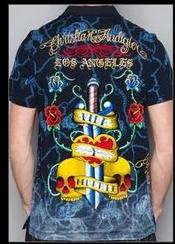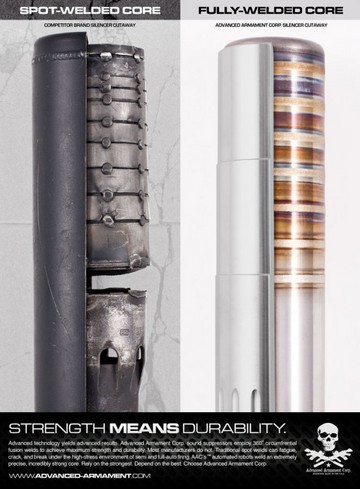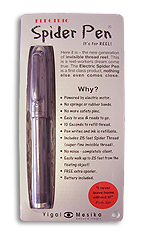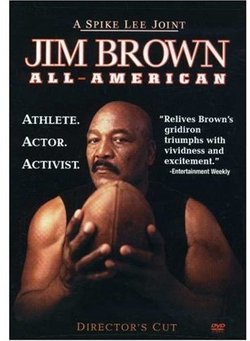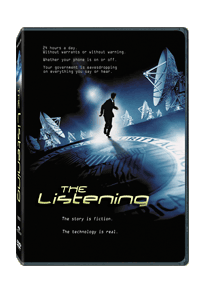Los Angeles, CA – Legaljiffy.com sued rival website based legal document preparation company Legalcpu.com, Inc. for copyright infringement, trade dress infringement, and state unfair competition. Legaljiffy’s website has provided self-help legal documents since 2008 and is attorney-owned and operated. Defendant allegedly began its website in December of 2005, but has recently changed the look and feel of its website by copying “Legaljiffy’s website, both in look, feel and by content.” Defendant is alleged to have modified its website after Plaintiff declined to enter into a partnership, which partnership offer was intended to add an attorney to Defendant’s ownership group.
PRACTICE NOTE: It would have been interesting to see how the Court would have ruled on a motion to dismiss Plaintiff’s trade dress claim. Unfortunately, it was not part of Defendant’s motion. (Read BNA article regarding the viability of website trade dress claims).
PLAINTIFF’S WEBSITE FRONT PAGE:
 Los Angeles Intellectual Property Trademark Attorney Blog
Los Angeles Intellectual Property Trademark Attorney Blog



